D

gen on Meditation and Thinking
D

gen on Meditation and Thinking
A Reflection on His View of Zen
Hee-Jin Kim
Published by
State University of New York Press, Albany
2007 State University of New York
All rights reserved
Printed in the United States of America
No part of this book may be used or reproduced in any manner whatsoever without written permission. No part of this book may be stored in a retrieval system or transmitted in any form or by any means including electronic, electrostatic, magnetic tape, mechanical, photocopying, recording, or otherwise without the prior permission in writing of the publisher.
For information, address State University of New York Press,
194 Washington Avenue, Suite 305, Albany, NY 12210-2384
Production by Judith Block
Marketing by Susan M. Petrie
Library of Congress Cataloging-in-Publication Data
Kim, Hee-Jin.
Dogen on meditation and thinking : a reflection on his view of Zen/
Hee-jin Kim.
p. cm.
Includes bibliographical references and index.
ISBN-10: 0-7914-6925-5 (hardcover : alk. paper)
ISBN-10: 0-7914-6926-3 (paperback : alk. paper) 1. Dogen, 12001253.
2. Sotoshu--Doctrines. 3. Meditation--Sotoshu. I. Title.
BQ9449.D657.K563 2006
294.3927092--dc22 2006002192
ISBN-13: 978-0-7914-6925-5 (hardcover : alk. paper)
ISBN-13: 978-0-7914-6926-2 (paperback : alk. paper)
10 9 8 7 6 5 4 3 2 1
For Jung-Sun
Contents
Preface
In recent decades, D

gens Zen has been relentlessly challenged by scholars of D

gen studies, especially the proponents of Critical Buddhism within the S

t

Zen academia who shook S

t

orthodoxy to its core. Similarly, Zen Buddhism in general has been minutely scrutinized by a number of modern/postmodern Zen scholars, both within and without the Zen sectarian tradition. This scrutiny has involved issues ranging from the subitist (sudden enlightenment) orthodoxy to Zen folk religiosity, and from Imperial Way Zen to the reverse Orientalism of Nishida School philosophers.
Along with these challenges, Zen is experiencing a rude awakening from its spiritual hubris and cultural narcissism. It currently confronts an extraordinarily chaotic and fragmented world borne of the inexorable forces of science, technology, and global capitalism that have become increasingly misguided and dehumanizing, particularly following the demise of the communist world. We in the Northern Hemispherein sharp contrast to those in the Southern Hemisphereare so materially affluent, so technologically advanced, and yet so morally and spiritually disoriented that we are at a profound loss as to how to manage such pressing issues as world peace, economic, social, and ecological justice, cultural and religious diversity, and the possibility of living authentically in todays world. Like other religious traditions, Zen cannot escape the exigency of this worldwide crisis.
Zen now stands at a crossroads. I submit that in such a contemporary context, D

gen as meditator and D

gen as thinker challenge us as much as we challenge him and his Zen. In this respect, we live in one of the most intellectually challenging and exciting periods in the history of the Zen religion and of D

gen studies. Herein lies my desire to present this book with a sense of urgency.
In my previous book D

gen Kigen: Mystical Realist , recently republished as Eihei D

gen: Mystical Realist , I endeavored in part to articulate salient aspects of D

gens methodology, including how he practiced his Zen. I realized early on in my study of D

gen that his sensibilities to, and his ways of dealing with, language, thinking, and reason were key to understanding and assessing the way he did his religion. It was, therefore, absolutely critical to uncover D

gens fundamental presuppositions of duality and nonduality, as they related to his religious methodology.
A few main points of my investigation were: (1) In contrast to the prevailing Zen tradition that had been founded upon an epistemological dualism between equality and differentiation, intuition and intellect, meditation and wisdom, D

gen restored language, thinking and reasonthe familiar tools of dualityto their fully deserved legitimacy in his Zen. At the same time, he never lost sight of their ultimate limitations, as well as the supreme importance of nonduality. (2) Nonduality in his view did not signify the transcendence of duality so much as the realization of it. The function of nonduality was not to efface duality, as often is the case with that of good and evil, nor to make duality a provisional expedient for attaining a sui generis experience, nor to plunge into ineffable reality. (3) Nonduality was always embedded and active within duality itselfas the guider, purifier, and empowerer of duality. The two were appropriated soteriologically, not theoretically or as explanatory concepts. And finally, (4) D

gens manner of approaching duality and nonduality was neither hierarchical, teleological, nor reified.
This present work offers some sundry results of my continued efforts to explore and explicate D

gens religious method along the aforementioned line of interpretation. I expand upon some issues and points from my previous work, amend others, and offer new observations, reflections, and analyses. In many ways, the present book complements and surpasses its predecessor. My textual analyses and critical reflections, though brief and schematic, center around such topics as original ambiguity inherent in both delusion and enlightenment, the meaning of negotiating the Way in D



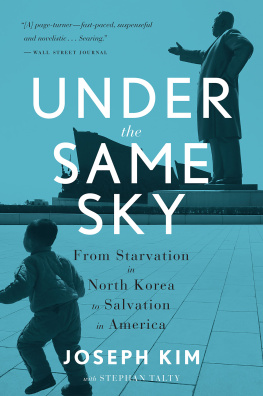


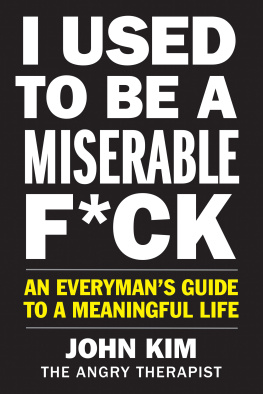

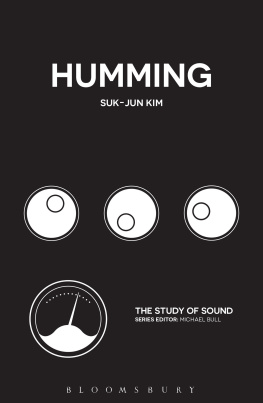
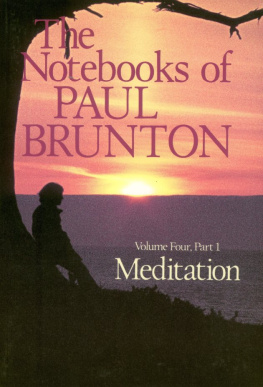
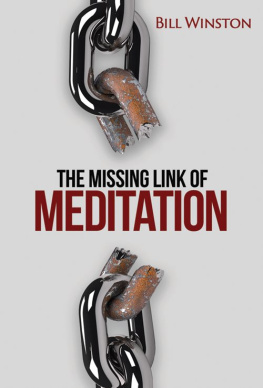
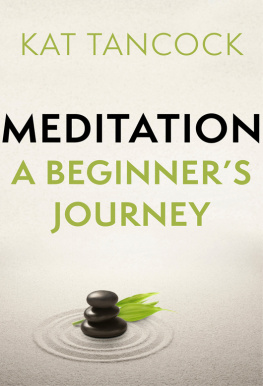
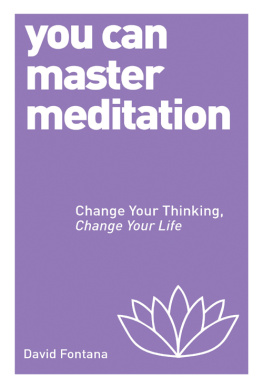


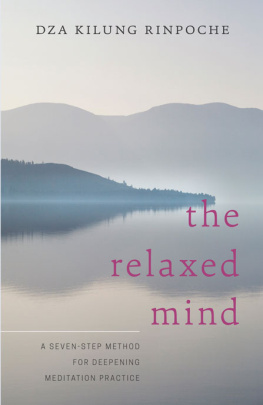

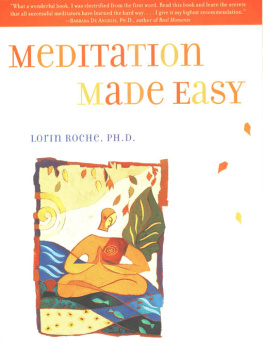
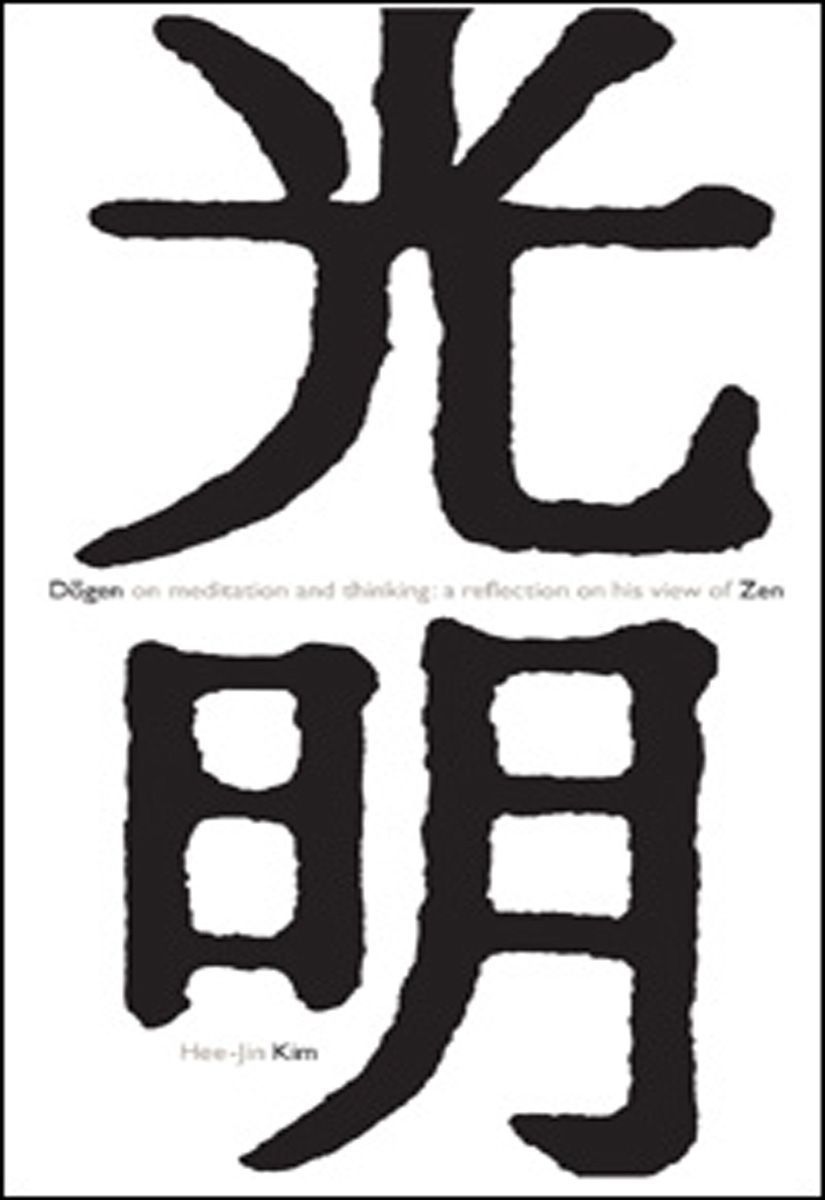
 gen on Meditation and Thinking
gen on Meditation and Thinking
 gen Kigen: Mystical Realist , recently republished as Eihei D
gen Kigen: Mystical Realist , recently republished as Eihei D